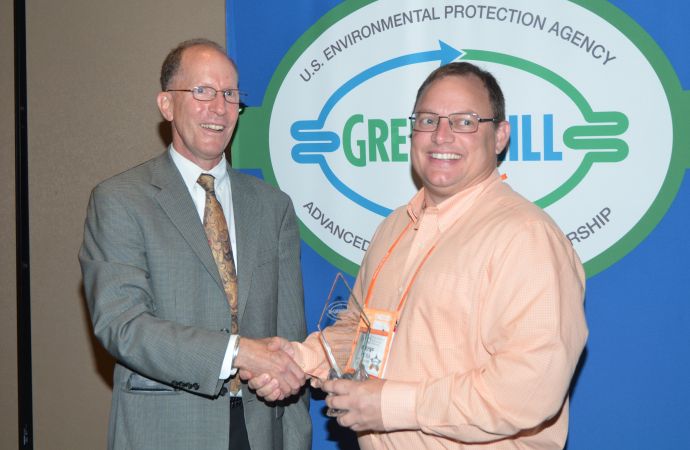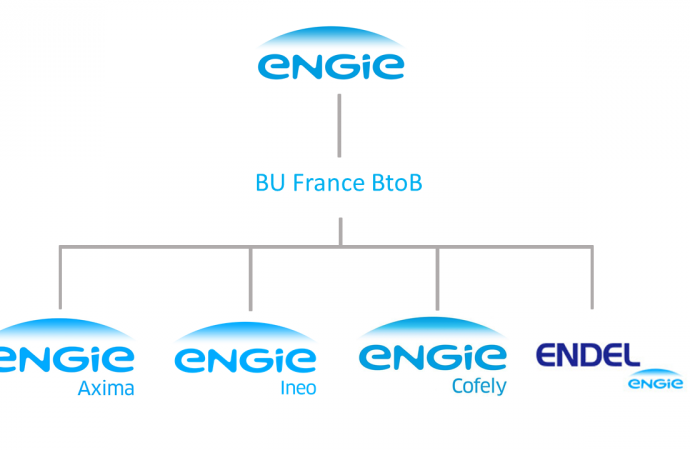On 11th August, a survey by the Global Cold Chain Alliance found that global refrigerated warehouse capacity grew to 600 million cubic metres from 2014 to 2016; growth was mostly from emerging markets such as China.

Many emerging markets lacked the necessary network of cold-storage warehouses and vehicles, which decreased their capacity for fresh food trade.
The Global Cold Chain Alliance, an industry group representing temperature-controlled logistics companies, 2016 survey has shown a significant market change for newly industrialised countries.
A chance for Ammonia in developing countries?
Vice president of international programs for the Global Cold Chain Alliance, Richard Tracy said “what really causes the growth of the cold chain in developing and emerging markets is the growth of disposable income.”
Tracy said this could potentially be an opportunity for natural refrigerants market in developing countries if they can scale up.
“A lot of capacity in developing and emerging markets are growing with smaller size buildings and are thus not at the scale to use ammonia quite yet. There is a basic size that needs to be reached in order to make business sense to invest in the ammonia system over a less expensive system for the size needed” Tracy explained.
He also stated, “as low charge systems become more and more mainstream, as emerging markets grow capacity, the change that needs to occur to natural refrigerants will happen. It is only a matter of time.”
Ammonia and CO2 cornering the developed market
Developed countries are already using and continuing to use ammonia, Tracy says “It is great as there are larger facilities needing to use ammonia systems which at that scale are much more efficient. “
New technologies are also driving a further increase in natural refrigerants, according to him, “there has been a good deal of exploration into CO2 and into low charge ammonia systems.”
Tracy stated that “the cost needs to drop in order for the low charge systems to compete with alternative systems available for that size range but I think that it will take off when that price point is reached as most businessmen want to have a more efficient, more cost effective and natural solution, if possible.”
More on the report
Globally the market grew by 8.6% from 2014 to 2016, also from 2012 to 2014 cold chain capacity increased by 20%.
It was not as high as expected due to a decrease in cold chain capacity in many European markets.
Overall the Global Cold Storage Capacity Report shows that global capacity has steadily increased from 2014 to 2016 when compared to previous years.
The report also explains that the capacity growth increase has been influence by other factors as well, including household income, growth of the urban population, sales in supermarkets, consumption of meat and dairy products and frozen food, and the quality of roadway and port infrastructure.
Please find the 2016 Global Cold Storage Capacity Report here.
Related stories



